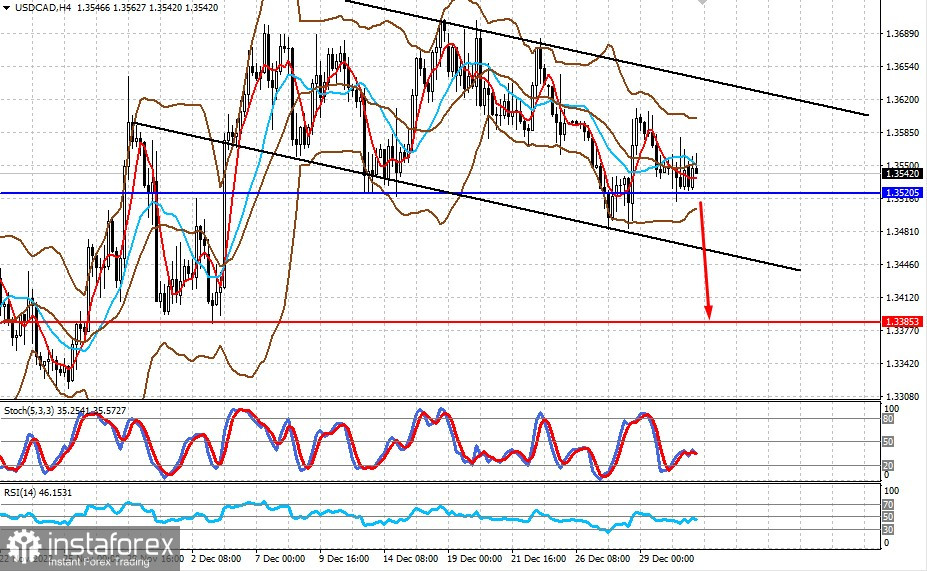While the world is enjoying its New Year's celebrations, it is important to consider whether additional financial market shocks are anticipated for the next year or if their primary impact has already passed.
There were a lot of significant geopolitical and economic events this year. Here, the beginning of cycles of interest rate hikes by global central banks led by the Fed and the military confrontation between Russia and the united West had a major impact. The overwhelming majority of economic predictions made after the previous year suggested that all of these issues would persist in 2023. Regarding the geopolitical conflict, there is no doubt; nonetheless, voices in the market have started to be heard, and they are getting louder and louder as they assert that, at the very least, the American regulator can stop this process entirely after the February rate hike.
This likelihood, in our opinion, is very high. Back in November, we predicted that the Federal Reserve would stop raising rates after reducing the pace of increases to observe the situation in the national economy and assess some outcomes of an extremely tight monetary policy. This was due to the backdrop of a sharp slowdown in inflation growth and a high risk of the US economy entering a deep recession in the first quarter of 2023. We still maintain that if inflation growth continues to slow and if the December data, which will be released in the middle of this month, confirm this as an already established trend, the Central Bank may decide not to raise the discount rate at all after its meeting, opting instead to focus on the "soft landing" of the economy rather than on its hard entry into recession with all of its "wonderful" repercussions.
What can we probably anticipate in the markets this month?
We believe there is a strong likelihood of a recovery in demand for risky assets in January following the failure of the stock markets in December and the dollar's attempts to resume growth in the foreign exchange markets. However, this demand will only increase in the middle of the month if data from the consumer price index in the United States show even a slight decline, as this will strengthen expectations among investors of a pause in the growth of rates and their likely termination. This could support the start of a global bull market and a blue reversal in the stock markets.
In terms of the future dollar exchange rate, we think that a slow decline will continue, but only if other central banks keep raising interest rates while the Fed is pausing.
In addition, given a declining dollar and ongoing major geopolitical issues, we anticipate a rise in demand for gold as a safe-haven asset.
In general, we do not anticipate a significant decline in the value of the dollar since there will still be demand for it — just not as a safe-haven currency, but rather as a currency that will be actively purchased to transfer money to the United States, for instance, from Europe.
Today's forecast:


USD/CAD
With the demand for crude oil still strong and the US dollar weakening globally, the pair will have a good chance of continuing the notable decline that began at the beginning of this month. The price could drop to 1.3385 as a result of its decline below the level of 1.3520.
AUD/USD
The pair is trading higher, and a break over the 0.6825 level may catalyze a rise to 0.6900.





















